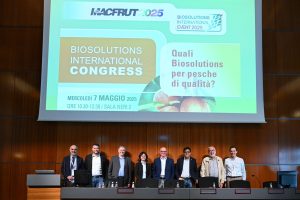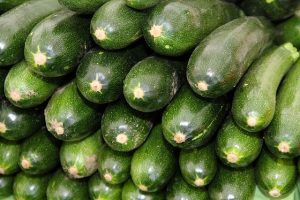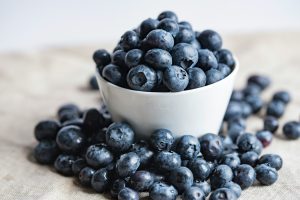Companies such as Google, Netflix and Tesla have shown interest in a model yet to be developed. Just reading the names of these three giants together makes readers ask what it is about. But prior to this, we need to contextualise.
Today, 26% of the world population does not have access to drinking water. And 46% lacks access to basic water sanitation. These are not specific problems; the water emergency will get worse. Did you know that for 2050 there is a forecast for a 40% increase in demand for water?
Action must be taken. The need for funding is estimated between 182,000 million and 600,000 million dollars and it seems that a large part of the solution involves desalination.
‘Water 2.5: Forum on Water and Innovation’, organised by Cajamar Innova (a high technology water business incubator promoted by Cajamar Group), brought together experts from the sector to discuss the key points of the global strategy. Guaranteeing the water supply is at stake and, therefore, so is the production of foodstuffs as basic as fruit and vegetables, the journalist and presenter Elio Sancho explained.
Spain, a desalinating powerhouse
During the event, some of the solutions proposed by the agrifood sector were put on the table. And everything seems to be converging towards a master solution: desalination. On this aspect, Spain is in luck. “We are the first world powerhouse in desalination: 8 of the 20 largest companies in the world are Spanish,” stated Domingo Zarzo, Manager of Innovation and Strategic Projects at Sacyr Agua and Chairman of the Spanish Desalination Association (Aedyr).
In his speech, he talked about ‘Future prospects of water desalination and the use of desalinated water for farming.’ Amongst the main data, one highly revealing point stood out: all over the world only 2-3% of desalinated water is used for farming, while in Spain this figure rises to 21%. And the goal is to continue promoting this model because, obviously, the largest source of water is the sea. To do this, myths must be debunked. “There is a great deal of disinformation regarding desalinated water.”
For those who criticise its price, Zarzo pointed out: “The most expensive price of desalinated water is 1€/m3, which is nothing compared to the 6,000€/m3 that is paid for the famous water in the Fiji Islands.” The scale economy and the start up of energetically sustainable models (such as the one developed by Trops and the UMA) will make the price per hectometre drop. And regarding the environmental problem caused by the brine resulting from the desalination process, there are already projects that are tackling it from a circularity point of view. An example is the recovery of minerals from Aedyr’s brine. And another European project is H2020 Water-Mining, in which the Solar Platform of Almeria is taking part through the Living Lab of Sustainable Desalination.
CSR and neutrality
At Aedyr, Domingo Zarzo advanced an initiative that has already attracted the interest of Google, Netflix and Tesla through CSR called Water Positive (generating more water than you consume using desalination or reuse). Led by the International Desalination Association, it is a certification that “will work in a similar way to CO2 offsetting.” That is to say, it will compensate companies’ water footprint. To this end, water footprint certification will be needed, along with its homologation and work is being carried out on the necessary technical, legal and economic framework.
Conclusions of the 2023 Water Conference
David Escobar, Director of iAgua & Smart Water Magazine, threshed out the main conclusions from the UN 2023 Water Conference. “There has not been a conference of this type since 1977, just holding the meeting is a milestone.” Over three days, 10,000 professionals gathered together in New York and the Water Action Agenda was adopted, a plan for which 300,000 million dollars has already been committed and that includes 689 commitments (legally non-binding).
Juan del Águila and his idea
“In the 1950s, Almeria was a wasteland, the desert was approaching and those who stayed contributed to the success of the Almeria Model.” José Luis Heredia, Vice-chairman of Cajamar, went over the province’s agricultural history and the fundamental role of a determining figure for the organisation and for the future of the sector: Juan del Águila Molina, the founder of Cajamar.
Roberto García Torrente, Sustainable Development Manager at Cajamar, talked about the role of R&D in the water-food dichotomy. “We are at a moment of change. In the future genetic edition, alternatives to chemicals and irrigation will all play decisive roles.”
And Joaquín Soriano, CEO of Ikos Tech, showed his successful case, a last generation device that allows “20-40% of water to be saved, reducing energy consumption.”
From the USA, Gary Stutte, an expert in horticulture, vegetable physiology and spatial biology who has worked at the NASA and is Chairman and CEO of SyNRGE, recalled that the challenges faced by Almeria and the solutions that are being developed are the same ones that humanity will face on Mars.























